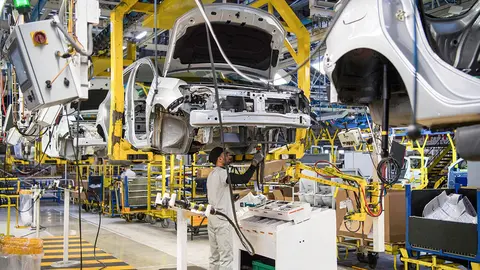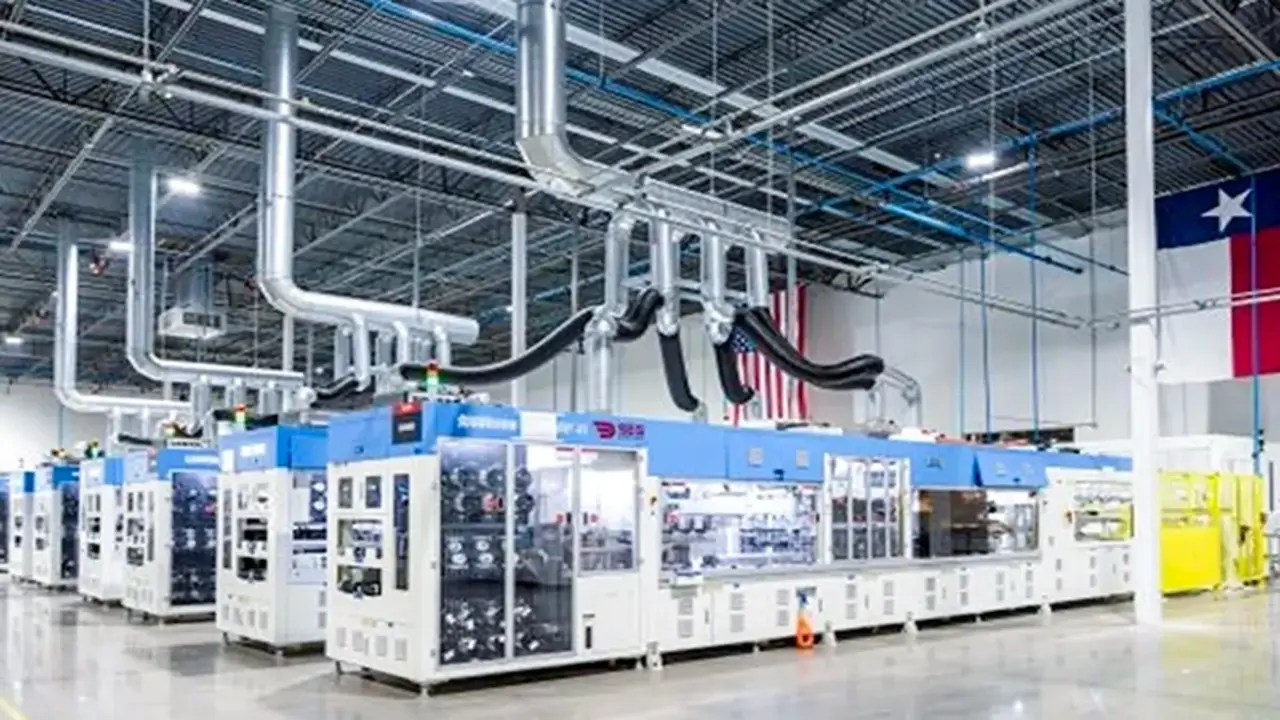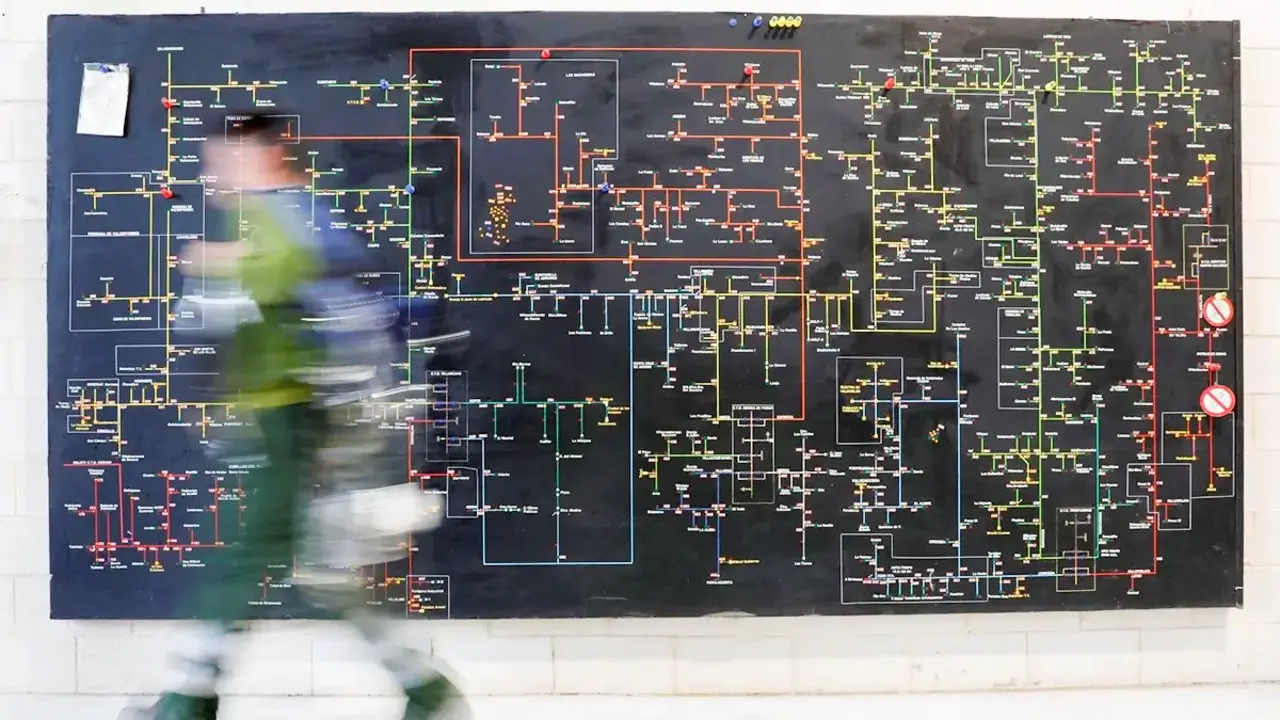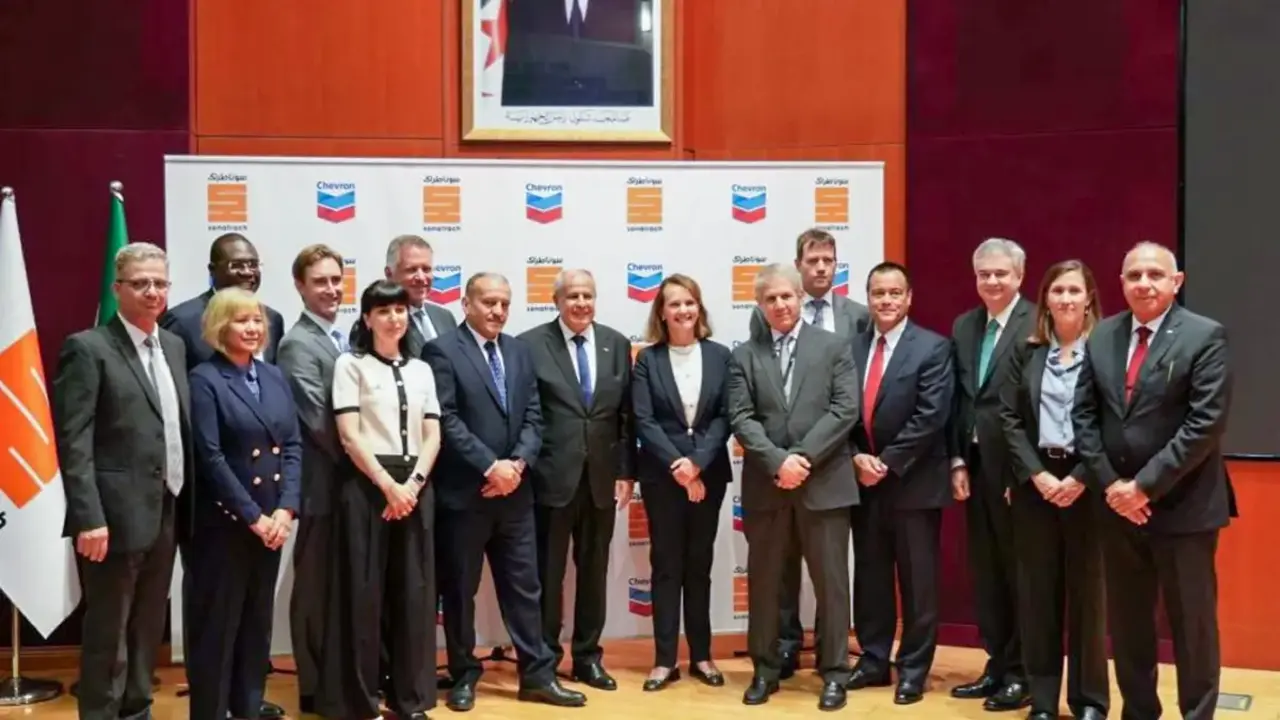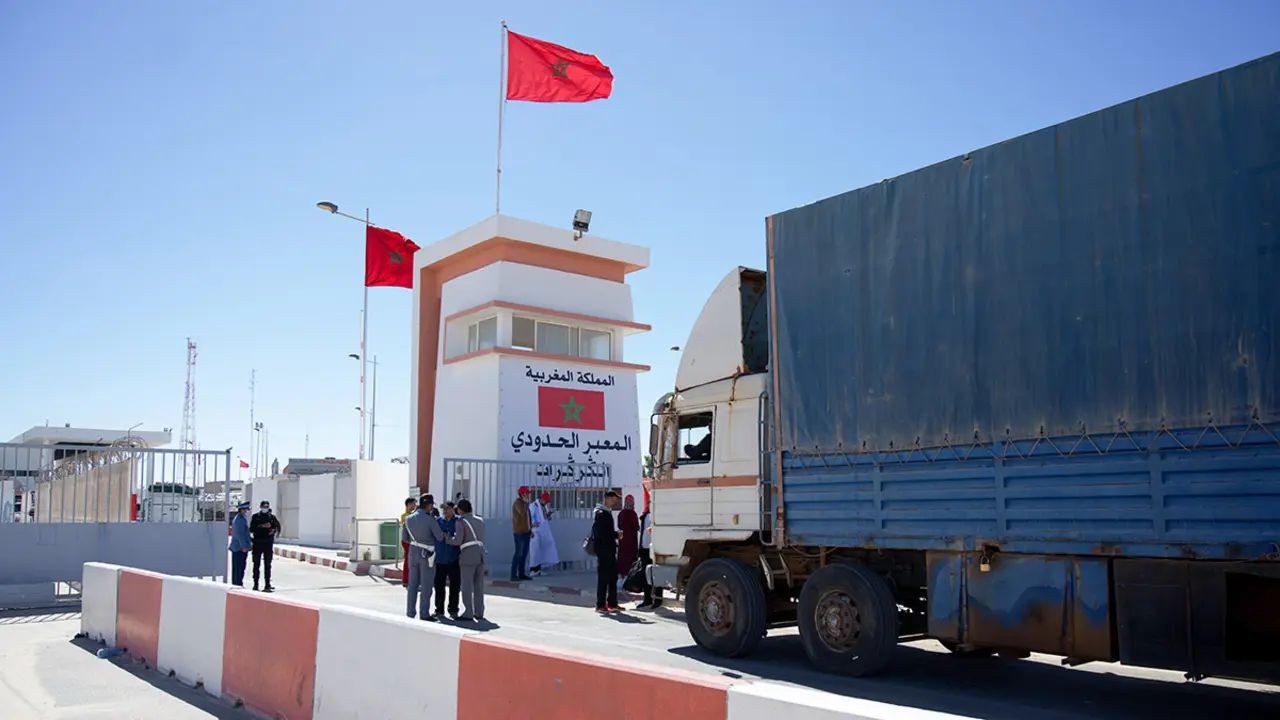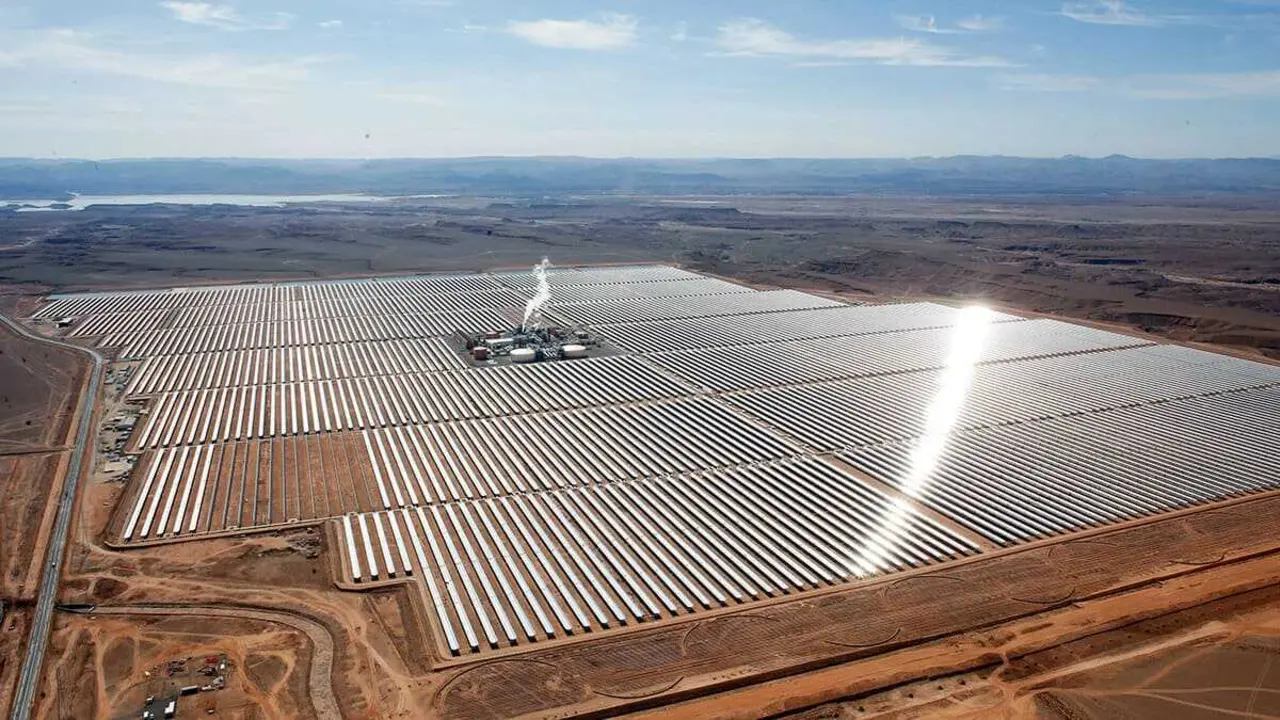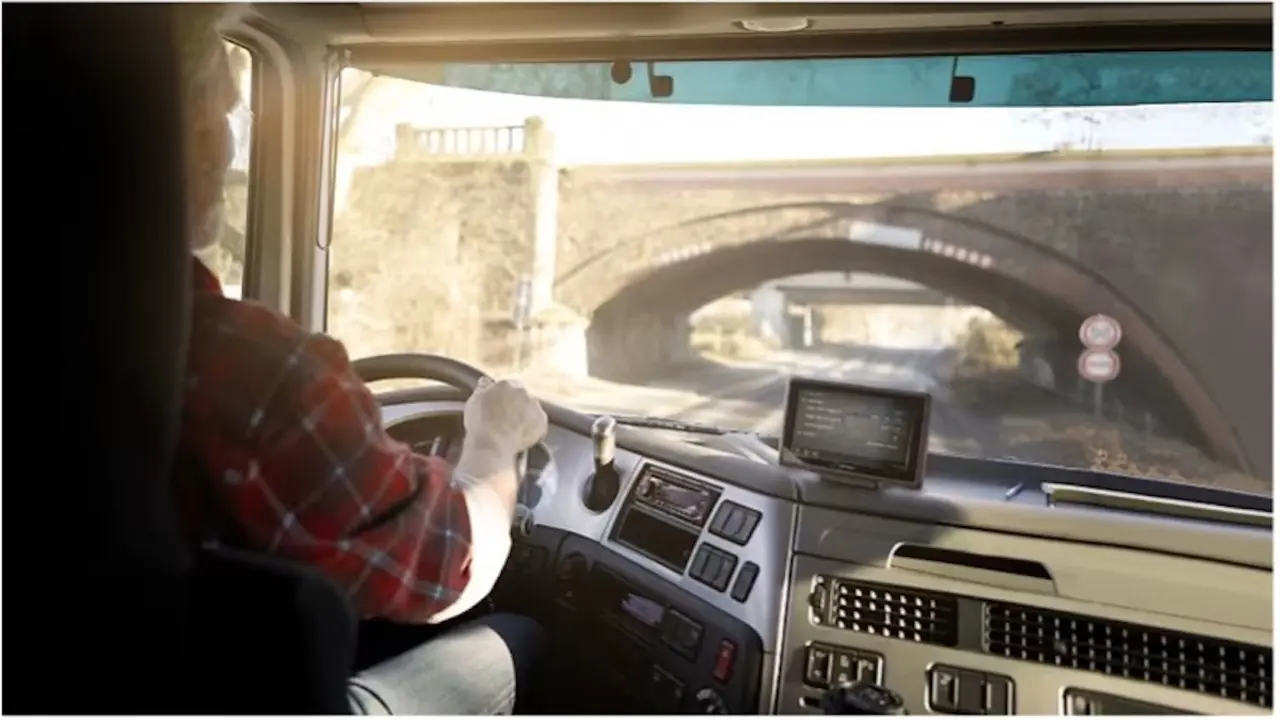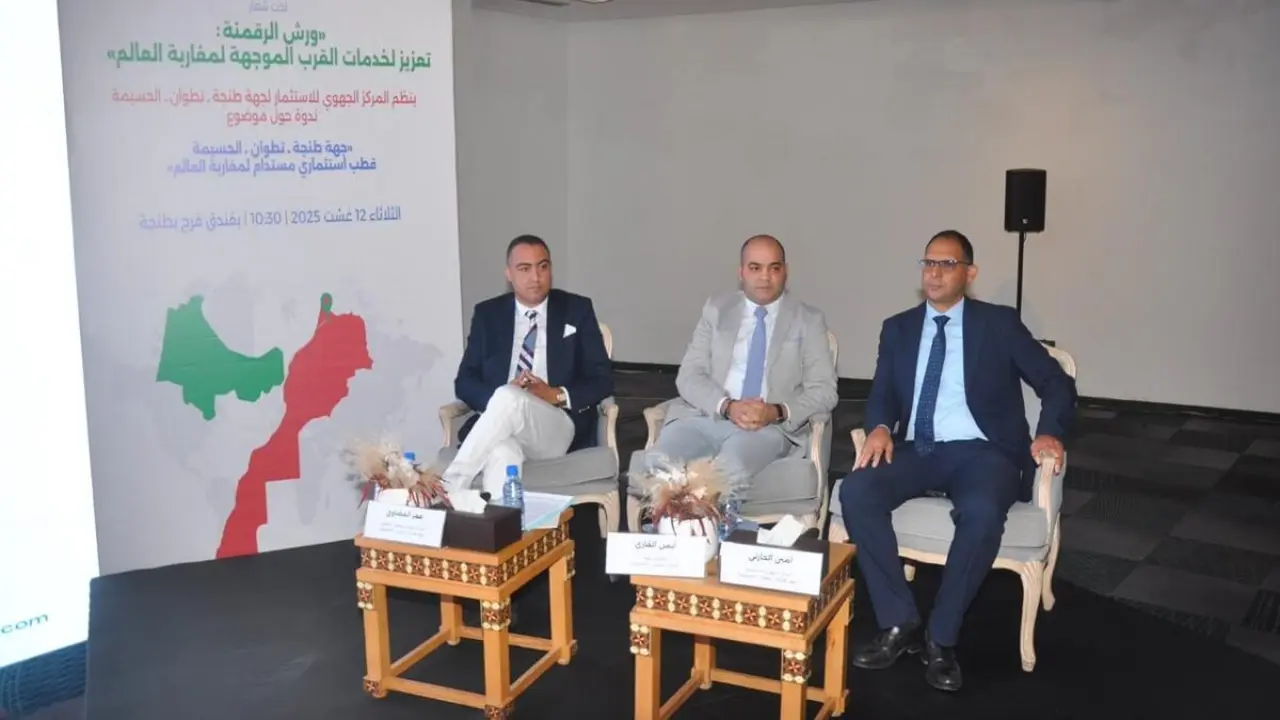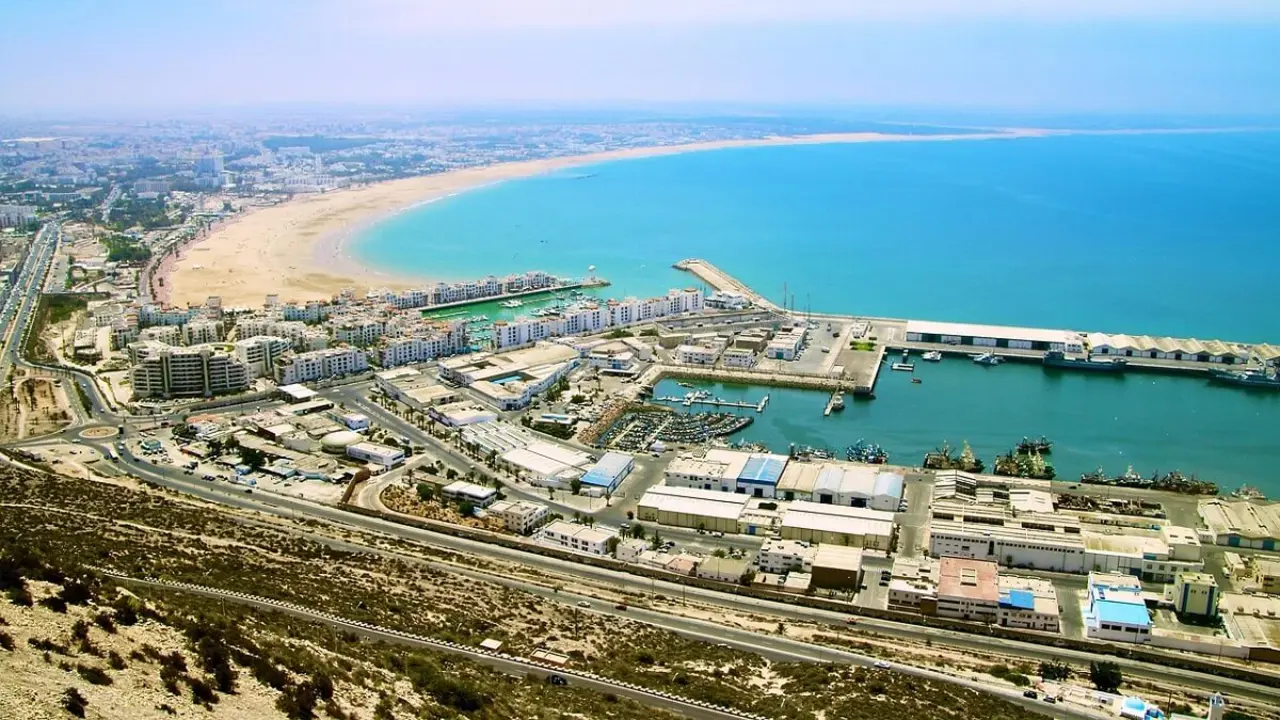The Moroccan car market grows by 35% in the first four months of 2025
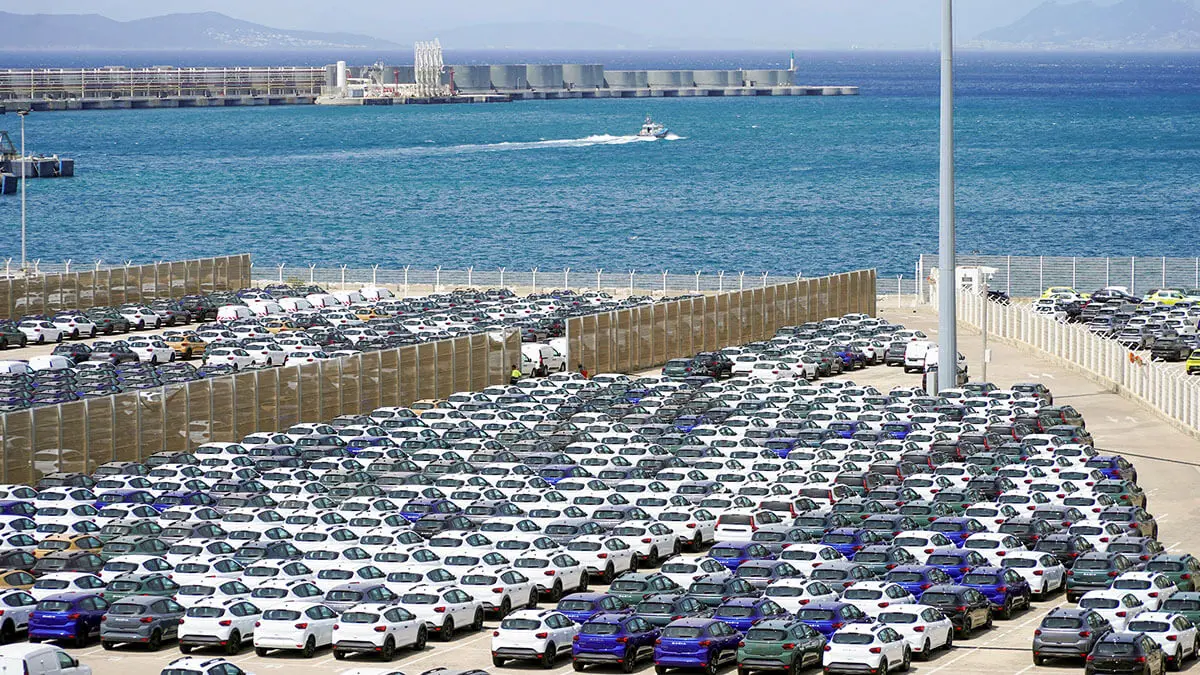
- Boost from Chinese brands
- Historic brands lose ground
- Optimistic projections, but with uncertainties
The Moroccan car market has recorded remarkable growth of 35.5% at the end of April 2025, with 66,321 vehicles registered in the first four months of the year. This upward trend is driven by strong demand for passenger cars and spectacular growth in the light commercial vehicle (LCV) segment, against a backdrop of economic recovery, product renewal and the growing penetration of emerging brands, particularly Chinese ones.
According to data published by the Association of Vehicle Importers in Morocco (AIVAM), the passenger car market (PC) grew by 32.89%, reaching 58,001 units sold, while light commercial vehicles recorded an even higher increase of 56.95%, with 8,320 units sold between January and April 2025. These figures represent a significant recovery compared to the same period in 2024, when 48,948 vehicles were registered.
April alone consolidated this trend, with 18,149 units sold, representing a year-on-year increase of 35.74%. Of this total, 15,740 were passenger cars (+2.2% compared to April 2024), and 2,409 were in the LCV segment, which almost doubled its figures with an impressive 76.8% increase over the previous year.
Boost from Chinese brands
In the competitive passenger car market, Dacia maintained its leadership with 3,157 units sold in April, representing modest growth of +5.94%. However, its market share of 20.06% is beginning to show signs of erosion in the face of dynamic competition.
Renault, for its part, achieved a much more robust performance with 2,257 units, a growth of 43.12%, consolidating its position as one of the favourite brands among Moroccan consumers. Hyundai completes the podium with 1,319 vehicles sold and an increase of 35.84%.
The most notable phenomenon of the month, however, was the meteoric rise of Chinese brands, especially BYD, which went from selling just 11 units in April 2024 to 415 vehicles this year. Other brands such as Changan and Geely also experienced significant growth, demonstrating the Moroccan public's growing acceptance of Asian vehicles valued for their value for money, technological innovation and electric options.
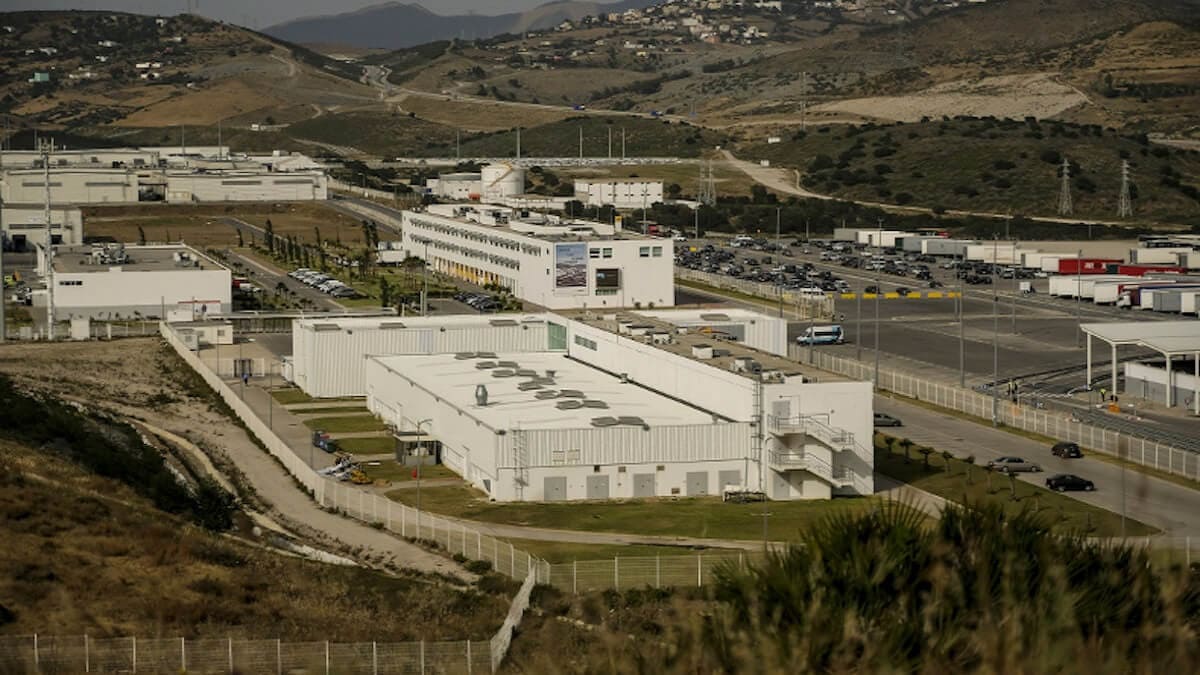
Historic brands lose ground
The rise of emerging brands contrasts with the decline of traditional manufacturers. Fiat suffered a 37.15% drop, while Ford barely managed to sell two vehicles in April, representing an alarming contraction of 96.36%. These figures reflect the challenges faced by some brands in adapting to a changing market, where innovation, electrification and accessibility set the tone.
Optimistic projections, but with uncertainties
The upturn in the sector is explained by improved purchasing power, more aggressive marketing by dealers, and the renewal of key models. Highlights include the recent launch of the new Dacia Duster and the eagerly awaited arrival of the Dacia Bigster and the revamped Spring, which promise to further boost sales in the coming months.
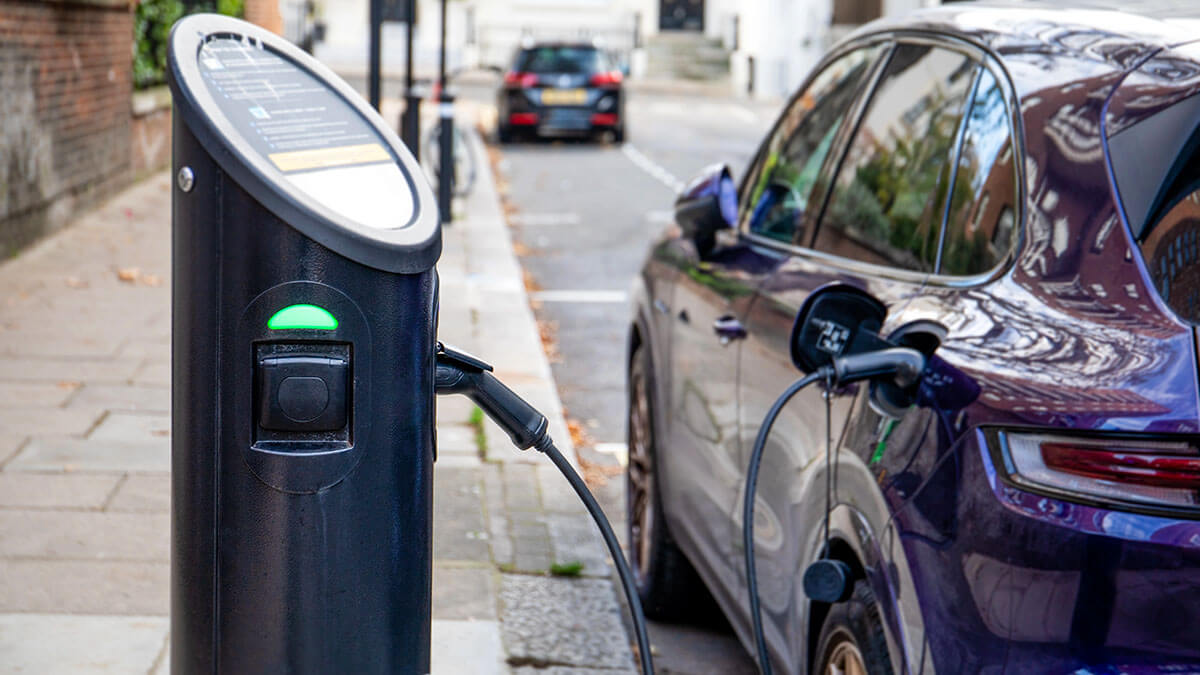
Furthermore, although the electric vehicle market still represents a limited share, interest in sustainable mobility and electric propulsion alternatives is growing steadily, driven in part by the electrification strategy of Chinese brands.
At the current pace, the Moroccan market could exceed the threshold of 180,000 units sold by the end of 2025, which would represent a return to pre-pandemic levels. However, some risks remain that could slow this momentum: supply chain tensions, residual inflation and fluctuations in the dirham will continue to be factors to watch.

